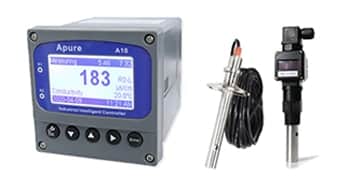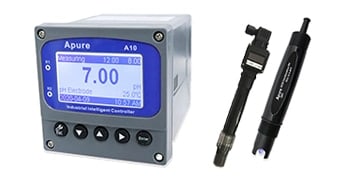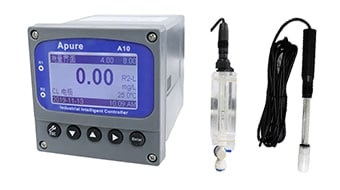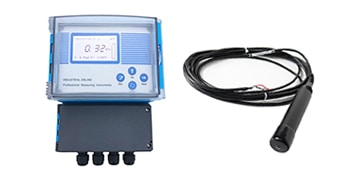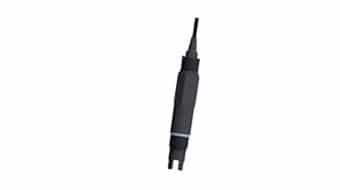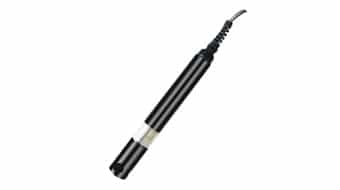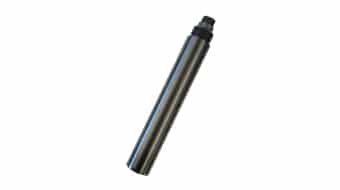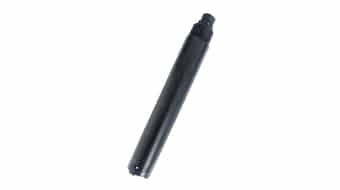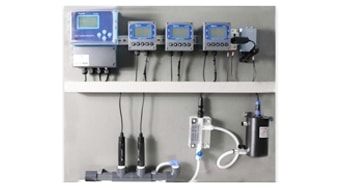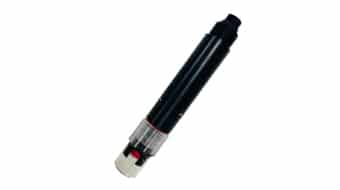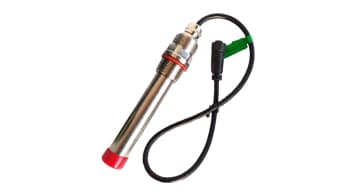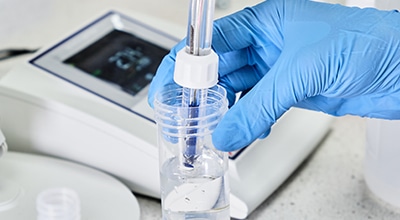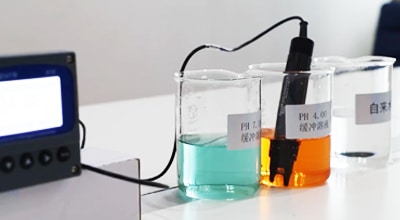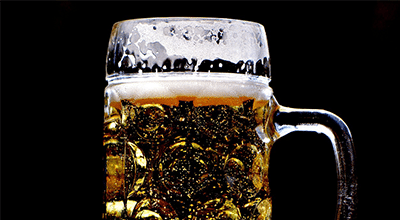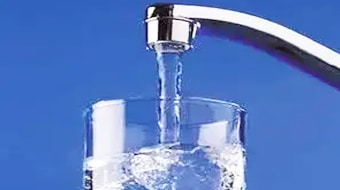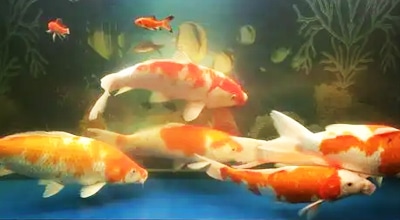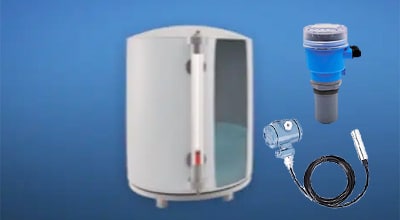Ozone Meter & Sensor
Ozone meter is the principle of ultraviolet absorption method, with stable ultraviolet light source to produce ultraviolet light, with light wave filter out other wavelengths of ultraviolet light, only allow wavelength 253.7nm through. After passing through the sample photoelectric sensor, and then through the ozone absorption tank, it reaches the sampling photoelectric sensor. By comparing the electrical signals of the sample photoelectric sensor with those of the sample photoelectric sensor, and then calculating the mathematical model, the ozone concentration can be obtained.
Ozone is extremely chemically active. Its energy when free produces strong oxidation in an instant, which has the effect of sterilization, disinfection and detoxification. It is widely used for sterilization of water plants, disinfection of tableware, indoor air purification, preservation of fruits and vegetables, and medical treatment. However, if the concentration of ozone is too high, it will cause great harm to human health. Therefore, whether to take advantage of the strong oxidizing properties of ozone or to prevent its harmful effects, the monitoring of ozone concentration is indispensable.
What is an ozone meter?
Ozone meter is the most effective method of detecting ozone concentrations. It is a device that converts information such as the composition and concentration of ozone gas in the environment (Air or water) into information that can be used by personnel, instruments, computers, etc.
Principle of ozone meter
The ozone sensor is the core component of the ozone meter, which is in direct contact with the measured gas and converts it into an electrical signal. According to the different principles of detection, ozone meters can generally be divided into three kinds of ultraviolet, semiconductor, electrochemical.
Ultraviolet ozone meter working principle
Research shows that the 253.7nm UV light of ozone has a large absorption coefficient, and the UV light of this wavelength is attenuated by ozone, in accordance with Lambert-Bier’s law. The ozone gas meter uses the principle of UV absorption. It uses a stable UV light source to generate UV light. The filter filters out other wavelengths of UV light, allowing only the 253.7 nm UV light to pass through. After passing through the sample photoelectric sensor, it is absorbed by the ozone to reach the sample photoelectric sensor, compare the electrical signals from the sample photoelectric sensor and the sample photoelectric sensor, and obtain the ozone concentration according to the Lambert-Beer method.
Semiconductor ozone meter working principle
Semiconductor ozone sensors use gas-sensitive semiconductor materials, such as WO3, Sn0, In2O3 and other oxide sheets made from sensitive elements. When they absorb ozone, a redox reaction occurs, generating or emitting heat, causing a corresponding change in element temperature and a change in resistance. The ozone concentration is converted into an electrical signal to measure the ozone concentration. Generally as the elevated concentration increases, the resistance of the element increases significantly and is linear over a range.
Electrochemical ozone meter working principle
The electrochemical ozone sensor consists of a working electrode, counter electrode, participating electrode, electrolyte and circuit system. A constant potential value can be maintained between the working electrode and the participating electrode. When the ozone diffuses into the sensor, the reduction reaction occurs at the working electrode and the oxidation reaction occurs at the electrode, forming a tiny current between the electrovalence and the working electrode, and this current enters the sensor with an ozone concentration proportional to a certain range, which is finally processed by the circuit system to calculate the ozone content.
How to choose an ozone meter?
When buying an ozone meter, first of all, we should clarify the characteristics of the use environment and the purpose of use, and choose the ozone monitoring equipment according to its stability, sensitivity, selectivity, corrosion resistance, etc.
- Stability refers to the stability of the basic response of the sensor throughout the working time, depending on the zero drift and interval drift. Zero drift refers to the change in sensor output response throughout the operating time in the absence of ozone. Interval drift is the change in the output response of a sensor placed continuously in ozone and is expressed as a drop in the sensor output signal over the operating time. Ideally, for sensors under continuous operating conditions, the annual zero drift is less than 10%.
- Sensitivity is the ratio of the sensor output change to the measured input change, mainly depends on the technology used in the sensor structure. Most gas sensors are designed using biochemical, electrochemical, physical and optical principles. The first consideration is to select a sensitive technology with sufficient sensitivity to detect the percentage of the threshold limit (TLV – threshold limit value) or the lowest explosive limit (LEL – lower explosive limit) of the target gas.
- Selectivity is also known as cross-sensitivity. It can be determined by measuring the sensor response produced by a certain concentration of interfering gas. This response is equivalent to the sensor response produced by a certain concentration of ozone. This characteristic is important in applications where multiple gases are tracked because cross-sensitivity reduces the repeatability and reliability of the measurement. The ideal sensor should have high sensitivity and high selectivity.
- Corrosion resistance refers to the ability of the sensor to be exposed to high volume fraction target gases. The probe should be able to withstand 10-20 times the expected gas volume fraction when a large amount of gas is leaking. Under normal operating conditions, sensor drift and zero calibration values should be as small as possible.
Applications
- Environmental monitoring: Monitoring ozone concentration in the atmosphere to assess air quality.
- Water Treatment: Monitoring ozone concentration in drinking water and industrial water to ensure sterilization.
- Food Processing: Monitor ozone concentration in food processing to ensure food safety.
- Healthcare: Monitor ozone concentration in hospital operating rooms and wards to provide a safe medical environment.
- Industrial production: Monitor ozone leakage during industrial production to ensure production safety.
Future development of ozone sensors
- Miniaturization and integration: smaller size, easier to integrate into various devices.
- Intelligent: with self-calibration, self-diagnosis and other functions.
- Multifunctionality: Simultaneous detection of multiple gases.
- Low-cost: Lower production costs and wider availability.


